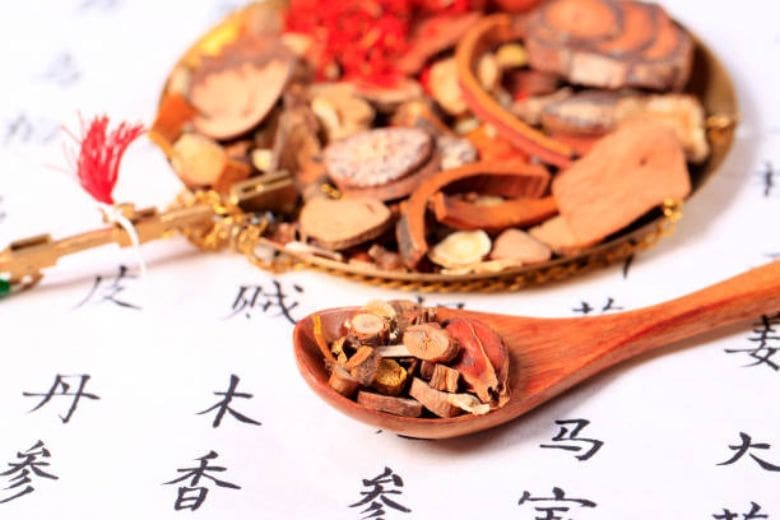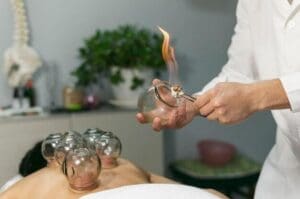Origin of Licorice in Chinese Medicine
Extended Version – The Fascinating History of Gan Cao (Radix Glycyrrhizae, Licorice Root) in Chinese Medicine
Gan Cao, commonly known as licorice root, holds a significant place in the universe of Classical Chinese Medicine and Acupuncture, with a history that spans centuries. This versatile herb is revered for its diverse effects on the human body, making it a go-to remedy for various ailments and symptoms. Let’s delve deeper into the captivating stories that underscore the origins and significance of Gan Cao in Chinese Medicine.
Unveiling the Ming Dynasty Legend
The tale of Gan Cao’s miraculous healing powers traces back to the illustrious Ming Dynasty (1368 to 1644 A.D). One fateful morning, Royal Chinese medicine doctor Sheng Yin found himself in a precarious situation at a bustling Chinese medicine pharmacy. Overwhelmed by dizziness and pounding headaches, Sheng Yin succumbed to unconsciousness, sending shockwaves through his colleagues. In a serendipitous turn of events, an unassuming Chinese medicine practitioner stepped forward with a remedy – concentrated Gan Cao infusion.
Administering the elixir to Sheng Yin, Gan Cao’s miraculous effects unfolded as he regained consciousness, leaving the royal doctors astounded. The insightful practitioner elucidated that Sheng Yin’s weakened stomach Qi rendered him susceptible to the noxious effects of the herbal steams, causing his collapse. Gan Cao’s unique ability to harmonize herbs and neutralize toxins breathed life back into Sheng Yin, underscoring its indispensable role in Chinese Medicine.
The Father of Gan Cao’s Naming
A heartwarming anecdote surrounds the nomenclature of Gan Cao, shedding light on its moniker as the “sweet plant.” In a rustic village setting, a renowned Chinese medicine doctor embarked on a journey, leaving his eager patients in the care of his resourceful wife. Faced with a deluge of ailments and armed with sheer determination, the doctor’s wife ventured into the wilderness and stumbled upon a cluster of dried plants. Intrigued by their sweetness, she concocted a remedy by chopping and brewing the plant, offering it to the ailing patients in her husband’s absence.
To her astonishment, the patients returned days later, brimming with gratitude and gifts, attesting to the herb’s transformative effects on their health. Upon the doctor’s return, he learned of his wife’s ingenuity and the miraculous recoveries facilitated by the herb. With ailments ranging from weak stomachs to respiratory issues vanquished by the plant’s sweetness, the doctor embraced this botanical gem as Gan Cao, a beacon of healing and hope for his patients.

Embracing the Essence of Gan Cao in Chinese Medicine
Gan Cao’s legacy transcends time, embodying the essence of resilience, healing, and compassion in Chinese Medicine. From its pivotal role in detoxification and harmonizing bodily energies to its sweet promise of relief for a myriad of ailments, Gan Cao stands as a testament to the profound wisdom embedded in traditional healing practices. As we honor the stories that enshroud Gan Cao, let us embrace its enduring legacy as a beacon of wellness and vitality in the tapestry of Chinese Medicine.
Let’s dive deeper into how Bonafide Acupuncture is transforming the living with TCM and Acupuncture
Classic Chinese medicine has every element to treat issues like insomnia, anxiety, infertility, chronic pain, arthritis, and many more. However, when Chinese medicine is practiced with acupuncture and massages, it provides the maximum benefits for all physical and mental issues. Classical Chinese medicine and acupuncture provide relief through therapeutic massage and follow a holistic approach to wellness. So, check out Bonafide Acupuncture & Herbs for any further details. Visit our website today!
A quick Recap
Now, coming back to the main ingredient in Chinese medicine, Gan Cao. Gan Cao is the dried root of licorice. It is sweet in flavor and neutral in nature. A daily dose of 2-10 grams is recommended to nourish the spleen and lungs, reduce coughing, and detoxify/reconcile all herbs. Gan Cao is also attributed to twelve meridians (pathways in the body along which vital energy is said to flow).

Pharmacological studies have confirmed that Gan Cao exhibits a broad range of biological activities.
1. The antimicrobial activity includes antiviral and anti-fungal as well as antibacterial activity against various strains.
2. Anti-inflammatory effects: Gan Cao has also been used to treat allergies and other inflammatory diseases. It is reported to have steroid-like anti-inflammatory activity of constituents derived from licorice root, similar to the action of hydrocortisone.
3. Antioxidant effect and anti-aging effects.
4. Activities to protect the brain and liver,
5. Anti-ulcer and anti-tumor effects etc.
References
Nazim A. Mamedov and Dilfuza Egamberdieva Plant and Human Health, Volume 3. 2019 Feb 12 : 1–21.


